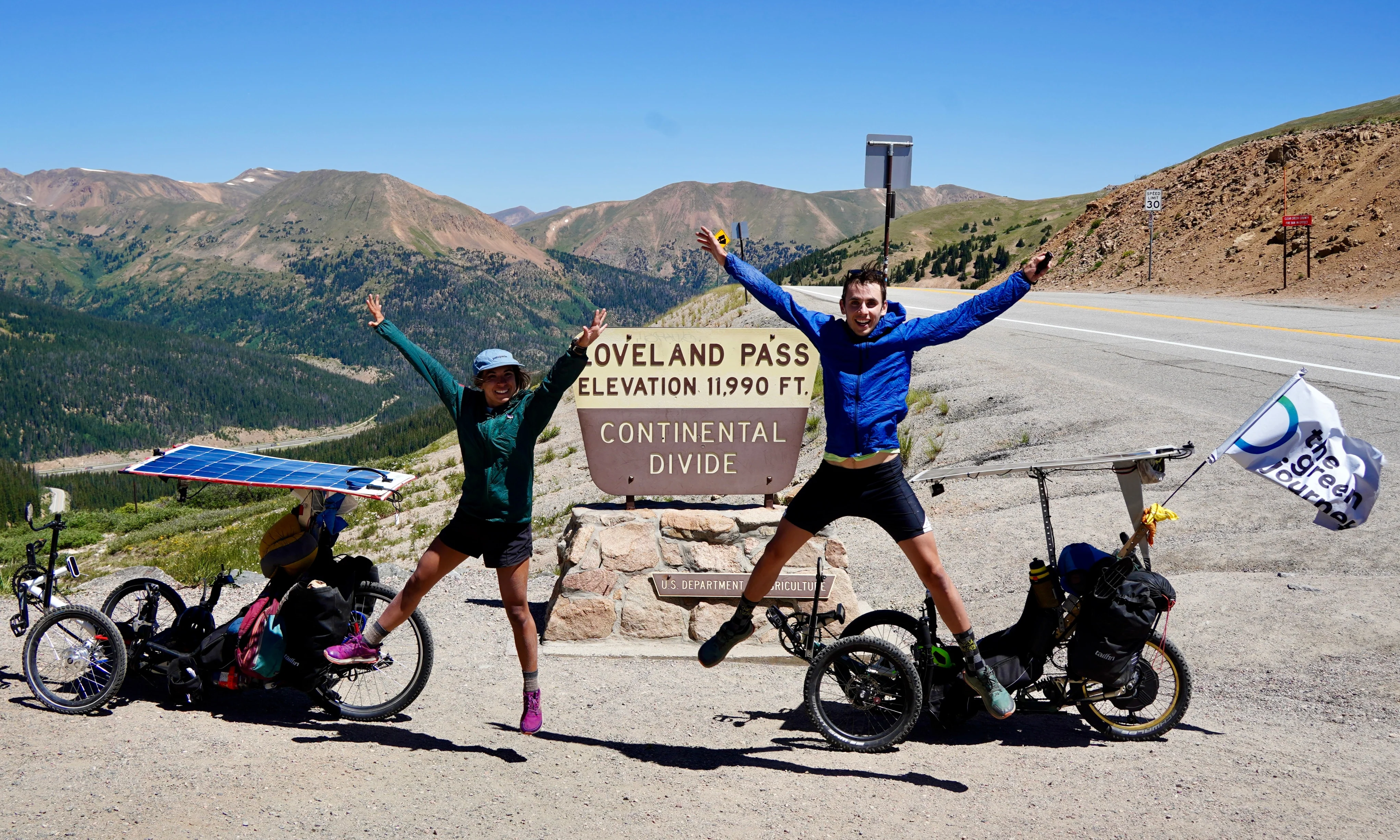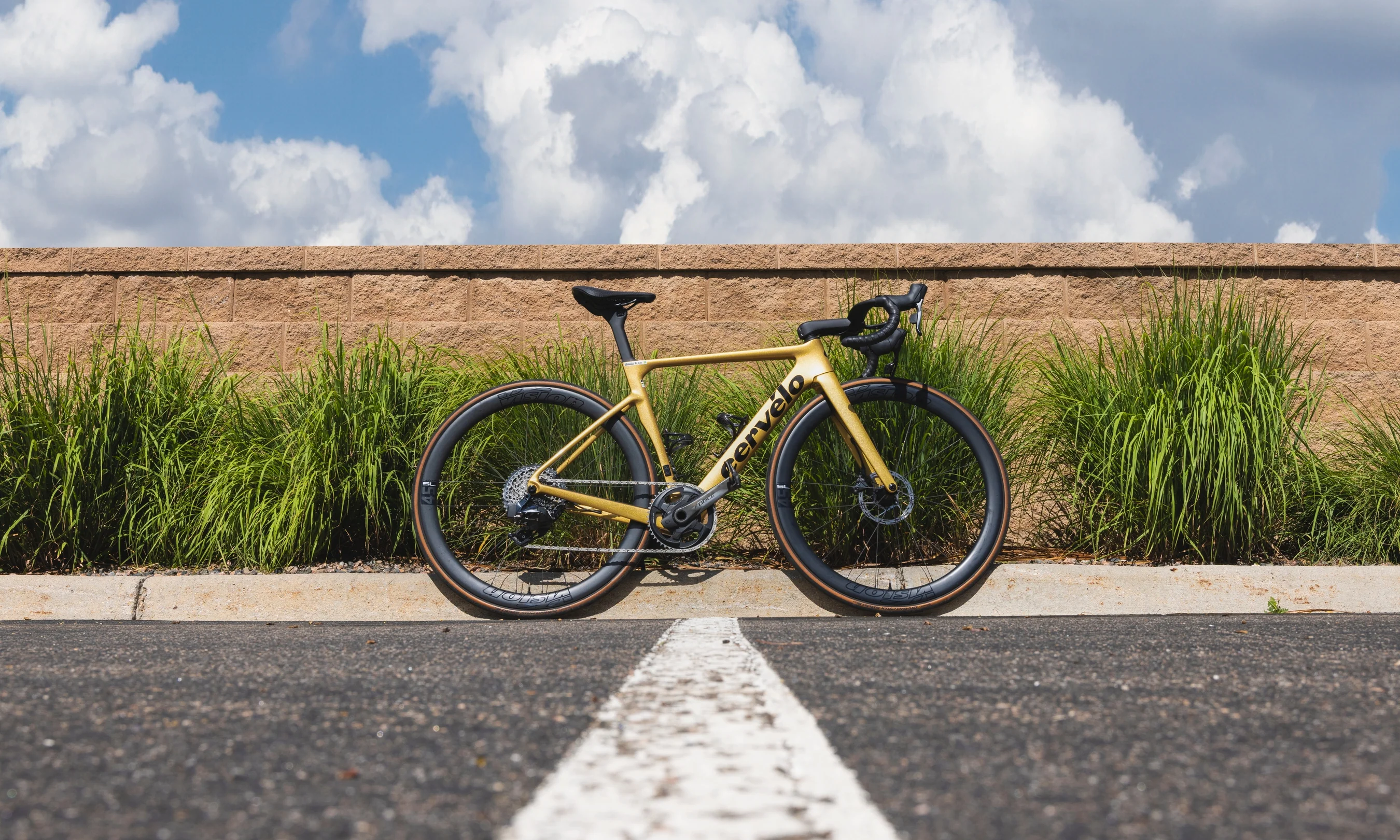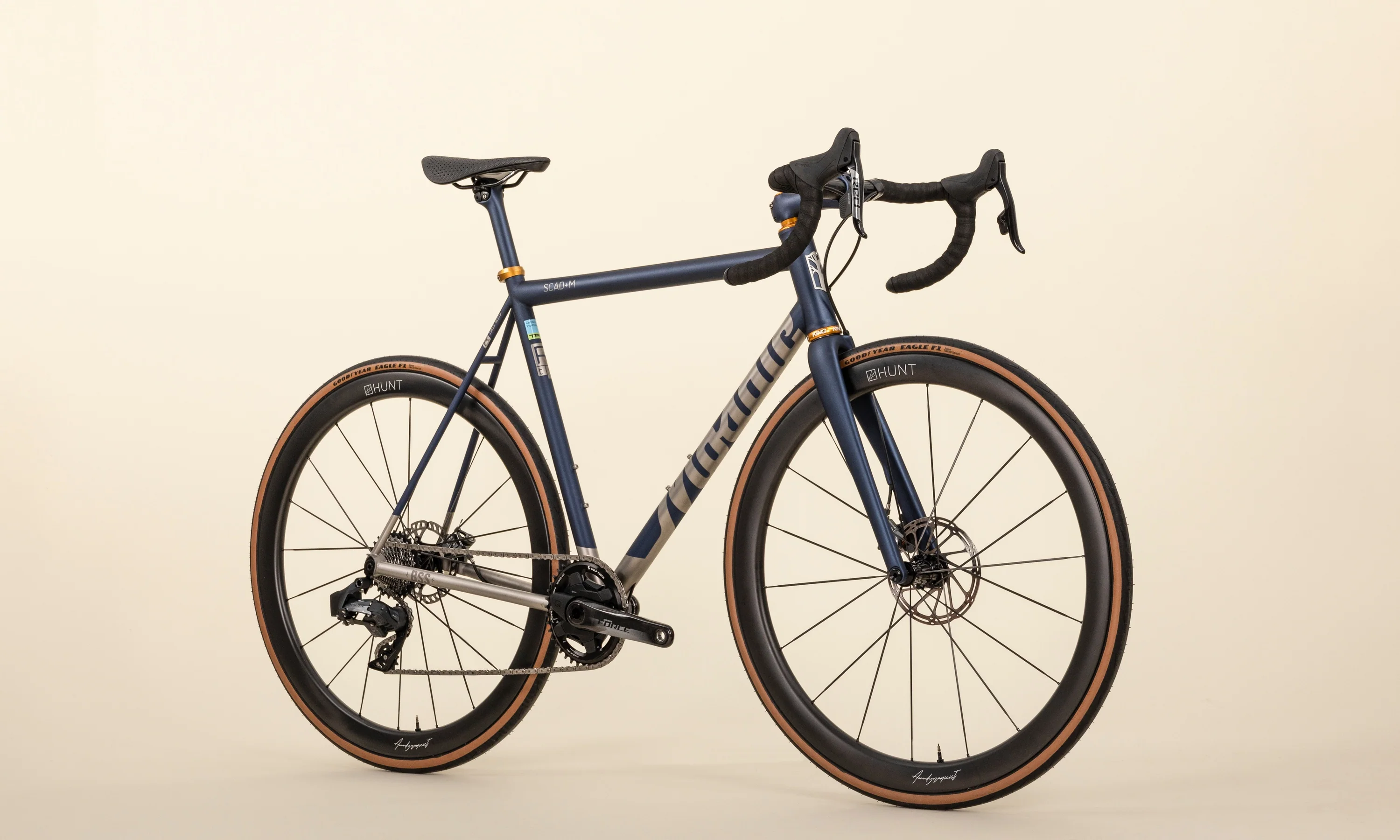Without races to motivate us this summer, Spencer and I set a goal to beat a couple of our long-standing Strava PRs. For this challenge, we each chose a local segment, two climbs in the Boulder foothills that were meaningful to us. Spencer will be attempting to set a new PR on a road climb going up Sunshine Canyon Drive while I make an attempt on a gravel climb called Chapman Drive.
Hopefully, you caught the last installment of our four-week Strava PR challenge. If you haven’t, check it out here:
Four-week Strava PR challenge, part 1.
In part 1, we sat down with Chris Case and Trevor Connor of Fast Labs to discuss the technical details of our segments and the strategy and tactics we’ll employ to shave time off our PRs.
For part 2, Chris and Trevor gave us simple training plans to follow over the next four weeks. This will help us sharpen up our fitness and give us the best chance at setting new PRs. Get ready to see us suffer!
Can you make gains in only four weeks?
Before giving us our training plans, Trevor Connor added the caveat that four weeks is not a lot of time to create a huge improvement in our performance. Typically with his athletes, he likes to create structured plans with longer training blocks.
“Different types of work take different lengths of time to see gains,” Trevor says. “When you are doing pure threshold work, you will see a little bit of an improvement after about four to six weeks, it tends to be more six weeks. But to see the full gains you need 10 to 12 weeks.”
Spencer and I are time-crunched cyclists with decent base fitness and no goals other than our own PRs. A simple four-week training block is good enough for our needs, and it fits with our busy schedules and short attention spans.
For cyclists who struggle to dedicate time and effort to a long-term training plan, a quick and easy plan like this might be a good way to tackle your own PRs. You won’t see the same gains as a 10-12 week training block, but you’ll be done fast, have a bit more fitness in the bag, and be able to focus on other things in life. For riders who aren’t competing at high levels, it’s a great option.
Doing high-intensity workouts

The goal of our workouts will be to refine the top end power we already have. Basically, we want to acclimatize to higher levels of pain and suffering. Improving our ability to dig deep and suffer will give us the biggest gains on our segments. To work on this, Trevor recommended workouts focused on high-intensity efforts.
In general, it’s good to have a power meter for this type of training, but it’s not required. If you don’t have a power meter or don’t know your FTP (functional threshold power), you can still do these workouts using RPE (rating of perceived exertion).
On an RPE scale of 1-10, your FTP is around 7-8. You should be able to maintain this level of exertion for a while, but it’ll be pretty uncomfortable. You’ll be working and breathing hard enough that you can only manage short sentences. 10 is a maximal, all-out effort. You should only be able to maintain this level of exertion for a very short amount of time; it may only be a few seconds. You won’t be able to speak or think about much during it.
For our four-week training plan, we plan to ride five days a week. Two days will contain our high-intensity workouts, two days will be easy, and one will be a long endurance ride. This will give us time to recover from our workouts while building some more base fitness.
Bruce’s Chapman workout: 8x20 intervals
- 20 second max effort sprint (RPE 10)
- 2 minute recovery (RPE 1-3)
- Do 8 times to complete a 1 set of 8x20s
Time needed: 20 minutes

My workout is fairly basic. I don’t have a long history of structured training so it’s better to keep things simple to avoid digging myself into a hole. I really enjoyed my workout and as a busy rider, I found it easy to fit into my schedule. Because it takes less than 20 minutes, I could tack it on to my regular one-hour lunch rides and have ample time to warm up and cool down.
“Sprints will improve endurance a little bit,” Trevor says. “But that's not the main reason to do them. The main reason is to build that top-end, to build that tolerance for going really hard so that you can hit those bumps on Chapman, push over a little bit, and not be dying afterward.”
Trevor suggested I find a road or climb with around a 4% grade to do the sprints. The objective during the 20-second sprint is to go as hard as you possibly can. You then follow it with a two-minute easy recovery before the next rep.
I found I needed to relearn what an all-out sprint really felt like. When I did the workout for the first time, I questioned if I was really pedaling at my max. If you think the same, or the workout feels somewhat easy, then you probably aren’t going all-out. When going properly hard, during the third or fourth sprint my power would start dropping dramatically and my legs would be burning. The two-minute rest goes from feeling relaxing to feeling too short.
After doing this workout a few times, I started recovering faster and feeling fitter. In some of my test rides up Chapman before my true PR attempt, I was able to power over more consecutive bumps than before.
Spencer’s Sunshine workout: Over-unders
Set 1
- 2 minutes at 110-115% FTP (RPE 8-9)
- 3 minutes at 90-95% FTP (RPE 7-8)
- Do 3 times for a 15 minute set
8 minute recovery
Set 2
- 3 minutes at 90-95% FTP (RPE 7-8)
- 1 minute at 1-minute max power (RPE 9.5)
- Do 4 times for a 16 minute set
8-minute recovery
Set 3
- 1 minute at 100% FTP (RPE 8)
- 10 second max sprint (RPE 10)
- Do 12-14 times for a 15 minute set OR until failure
Time needed: 1 hour 10 minutes

Spencer’s workout is more complicated and brutal than mine. Unlike me, Spencer has several years of experience racing and training at a very high level so he can handle a lot more work than I can.
Spencer’s segment is very long and, for Trevor, the key is developing the ability to hurt yourself.
“The second half of the climb is a challenge because you have all those flat stretches,” Trevor says. “If you're not used to hurting, or if you're not used to pushing yourself, you're going to let yourself ease up and you're going to lose tons of time. So I would be looking at ways of building that hurt.”
“With over-unders, you spend some time over your threshold. Then you spend some time under your threshold, but just under, and you keep going back and forth, and you never really let yourself recover,” Trevor explains. “it's going to give you a little bit more of that top-end anaerobic power. But it's also just going to teach you that type of hurt. So you could see gains from that pretty quickly.”
Spencer’s over-under workout features three 15-16 minute sets with eight minutes of recovery between them. You will need a bit over an hour to do this workout and time to ensure you can adequately warm up before and cool down after.
For the 1-minute max efforts in the second set, Trevor recommends going as if you’re attacking in the middle of a race rather than at the finish line. You want to go very hard, near your max, but you need to be able to continue after the minute is done.
For the final set, expect to be in a world of hurt. You don’t necessarily need to finish this set. In fact, Trevor stated that failing during this final set is very common. That’s the point. It should push you over the edge.
One tip Chris Case had was to write out the workout on a piece of masking tape and put it on your top tube. It will make it easier to remember and follow when you’re cross-eyed and suffering.
“This workout is both hard and challenging,” Spencer says. “It’s physically hard in the way that these efforts accumulate fatigue, especially when you reach the final set. It’s challenging because you have to be precise in riding the right power zones throughout. On my first workout, I went too hard early on the threshold efforts and wasn’t able to really perform the max sprints in the end. This workout really teaches you about pacing.”
For next time

Follow along as Spencer and I try to beat our PRs. We’re also excited to have the CEO and founder of The Pro’s Closet, Nick Martin, joining us. He was inspired and decided to take on his own segment — the Rowena Trail climb. We can’t wait to see if this ex-pro MTB racer still has what it takes to go hard and smash his old personal best.
In the next installment, we’re going to finally go for it. Spencer, Nick, and I will make our PR attempts, and we’ll see if the training and preparation has made us faster. Hopefully, we all succeed and achieve our goals. You’ll have to come back next time to find out.
If you have any questions about PRs or training let us know in the comments. Hopefully, this inspires you to go out and conquer some of your own Strava PRs!
See the results in Four-week Strava PR challenge, part 3.

























